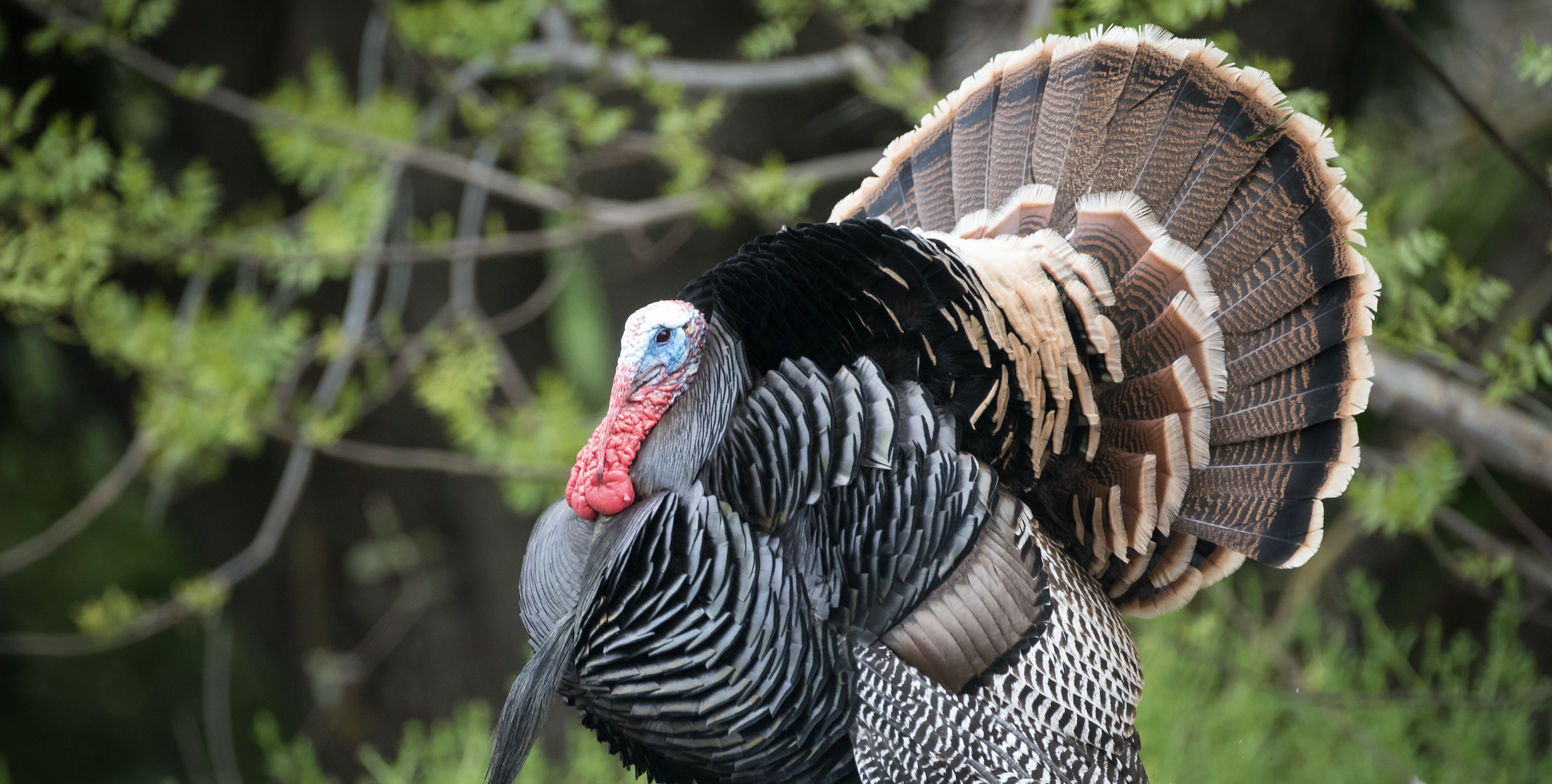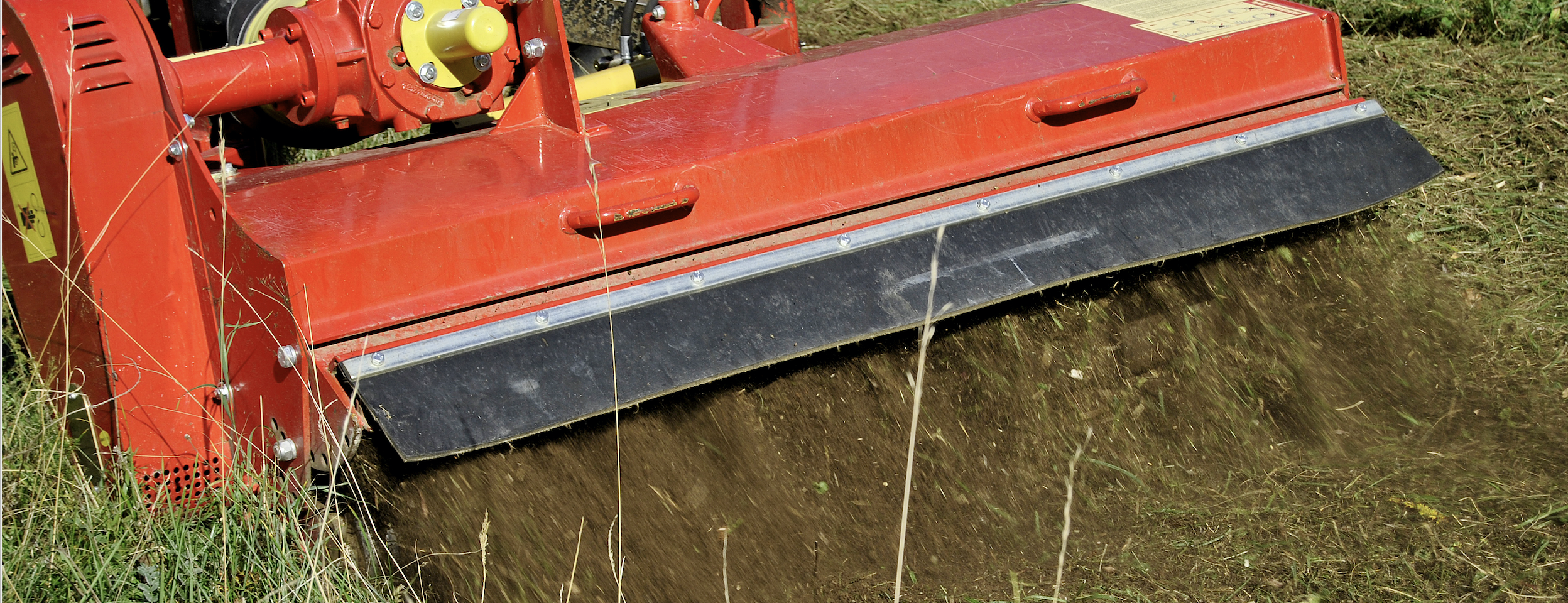The wild turkey has a firm hold on the American imagination, tethering us to the past and symbolizing a season of plenty.
While habitat restoration has helped the turkey population rebound from an all-time low of 30,000 birds in the 1920s to nearly 7 million in recent years, our feathered friends may not be out of the woods yet!
Wild turkeys now face a new threat: COVID-19. Between, job lay-offs, social distancing orders, and restrictions on other leisure activities, wildlife biologists fear that over-hunting in turkey season could have negative impacts on turkey populations.
Doing what you can to help improve turkey habitat and attract more of this species to your land is never a bad idea. Read on to learn more about wild turkeys and the conditions they need to thrive.
 Wild turkey are cautious birds. They can run up to 25 miles per hour, fly twice as fast, and make use of distinct calls warn others in the flock. These skills definitely make them hard to hunt. Turkey populations also tend to fluctuate over time, which also makes them a challenge to manage. Here are the primary needs for good turkey habitat in your woods:
Wild turkey are cautious birds. They can run up to 25 miles per hour, fly twice as fast, and make use of distinct calls warn others in the flock. These skills definitely make them hard to hunt. Turkey populations also tend to fluctuate over time, which also makes them a challenge to manage. Here are the primary needs for good turkey habitat in your woods:
- Food - Turkeys love to eat young, tender green grasses and forbs. They'll also fill up on fruit, nuts, and insects when they get the chance. They will also eat grain from farm fields.
- Cover - Although turkeys use forests for cover and roosting in the tall hardwood trees at night, they also like open and brushy areas for feeding, mating, nesting and rearing their young. Turkeys actually depend on a mix of open fields, pasture and forested for their survival.
- Water - Turkeys need water almost daily, so hens rarely nest far from a reliable water source such as a creek, spring, seep, or pond.
- Space - A good quality habitat will support one bird per 30 acres (one flock per 640 to 800 acres). But because turkeys need a lot of living space, they may not remain on your property year round unless it's a big area over a 1,000 acres.

8 Ways to Help Turkeys in Your Woods
The following woodland management activities can help to meet the special needs of wild turkeys:
- Disturbing the soil through shallow tillage (also known as "discing") stimulates the growth of highly nutritious forage, including native grasses and forbs.
- Mowing should go hand-in-hand with discing. Concentrate on edge roads, fire breaks and old fields to remove old-growth grasses and disperses the seeds.
- Thin your trees to let the desirable ones, such as large, mature, mast-producing and roosting trees, flourish. Also, thin the forest understory. Turkeys prefer an open forest floor covered in leaflitter for easy forage. This more open forest is also better for nesting and brood-rearing.
- Turkeys like open, brushy space and grasslands rich in forage. Grass-rich areas also provide safer nesting sites. These can be created by clear-cutting one to five acre patches through the forest.
- Prescribed burning is one of the most common tools for managing wildlife habitat. Controlled burns stimulate the growth of new vegetation, especially seed-producing grasses, forbs, and legumes. They also attract insects.
- Removing undesirable trees, cultivating desirable ones and planting mast-producing trees can all help nourish and attract wildlife. Ideally, 20 to 30 percent of your woodland should consist of these fruit- and nut-bearing trees. Turkeys love acorns and pecans, as well as dogwoods, huckleberries, blueberries, and other fruits found in the understory.
- Food plots can also be used to increase turkey sightings and harvest success. Food plots should be near a mature wooded area, where turkeys roost and forage for mast. Soybean and corn are good choices because they provide food in winter. Some other specialized crops and turkey-friendly seed mixes can be purchased from suppliers like the NWTF. Be sure to check with a local professional first so you don't end up planting something that is to ensure that what you are planting isn't considered weeds in your State. Plant a food plot for every 25 acres of timber on your property. Plots should be one-half to two acres in size
- Springs and seeps are an important component of turkey habitat. They not only provide water but also attract insects and provide greens in warm months. In arid areas, developing water catchments, improving riparian habitat, and installing water guzzlers are good ways to ensure your local flock has adequate water supply.
Looking for resources to help you keep your woods healthy?
WoodsCamp is currently matches landowners in AL, CA, GA, FL, PA, SC and WI with forester visits and financial assistance to get work done on their land. To find what your land might qualify for, click below to locate your property on our map.
Blog post republished with permission from the American Forest Foundation. Originally published at https://mylandplan.org/places/resources-cumberland-plateau-landowners



We want to hear from you.